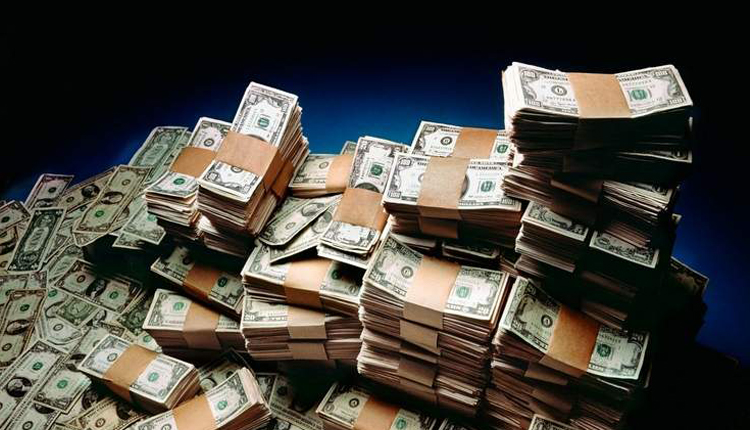Dollar posted modest gains on Wednesday, as traders looked ahead to a possible outcome to drawn out U.S.-China trade talks, while a forecast for monetary policy easing knocked the Aussie.
Against the yen, the dollar traded at 109.12 yen, off a two-week high of 109.205 hit on Tuesday. The greenback had found support on signs Washington and Beijing were moving closer to signing a deal to end their 16-month trade spat.
The U.S. currency rose slightly against the euro and British pound, last fetching $1.1012 per euro and $1.2853 per pound — both levels little changed this week.
The Australian dollar fell 0.2 percent to $0.6774. Trade is slowing ahead of the Thanksgiving holiday on Thursday in the U.S.
“The market is tired of playing headline ping pong with respect to trade,” said Ray Attrill, head of FX strategy at National Australia Bank in Sydney.
“The equity market still seems to want to push on and believe optimistically that a trade deal is going to be done, but I think the FX market and the bond market have given up playing that game.”
U.S. President Donald Trump said overnight that Washington was in the “final throes” of work on a deal to defuse the trade war, after top negotiators from the two countries spoke by telephone on Tuesday.
But he also underscored Washington’s support for protesters in Hong Kong, a potential sore point with China.
“Judging from Trump’s comments, an agreement will have to wait at least until the weekend,” said Kyosuke Suzuki, director of forex at Societe Generale in Tokyo.
If both sides cannot reach an agreement soon, the next important date to watch is Dec. 15, when Washington is scheduled to impose even more tariffs on Chinese goods.
The tit-for-tat protectionism has already harmed the global economy and hit manufacturing hard.
Profits at China’s industrial firms shrank at their fastest pace in eight months in October, official data showed on Wednesday, underscoring slowing momentum in the world’s second-largest economy.
China’s yuan was steady, since the weakness also strengthens the case for deeper monetary easing. It last traded at 7.0291 per greenback.
In Australia, a forecast from Westpac Bank Chief Economist Bill Evans saying he expected two central bank interest rate cuts and quantitative easing (QE) to be introduced next year sent the Aussie 15 ticks lower.
The Reserve Bank of Australia’s governor, Philip Lowe, had said on Tuesday he did not expect to have to use QE, but that it would become an option if rates fell to 0.25 percent from the current 0.75 percent.
“That is a clear signal to us that the RBA will be prepared to cut the cash rate down to 0.25 percent,” said Evans.
Source: Reuters



